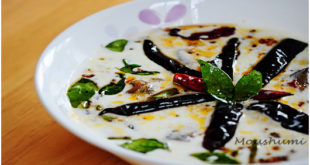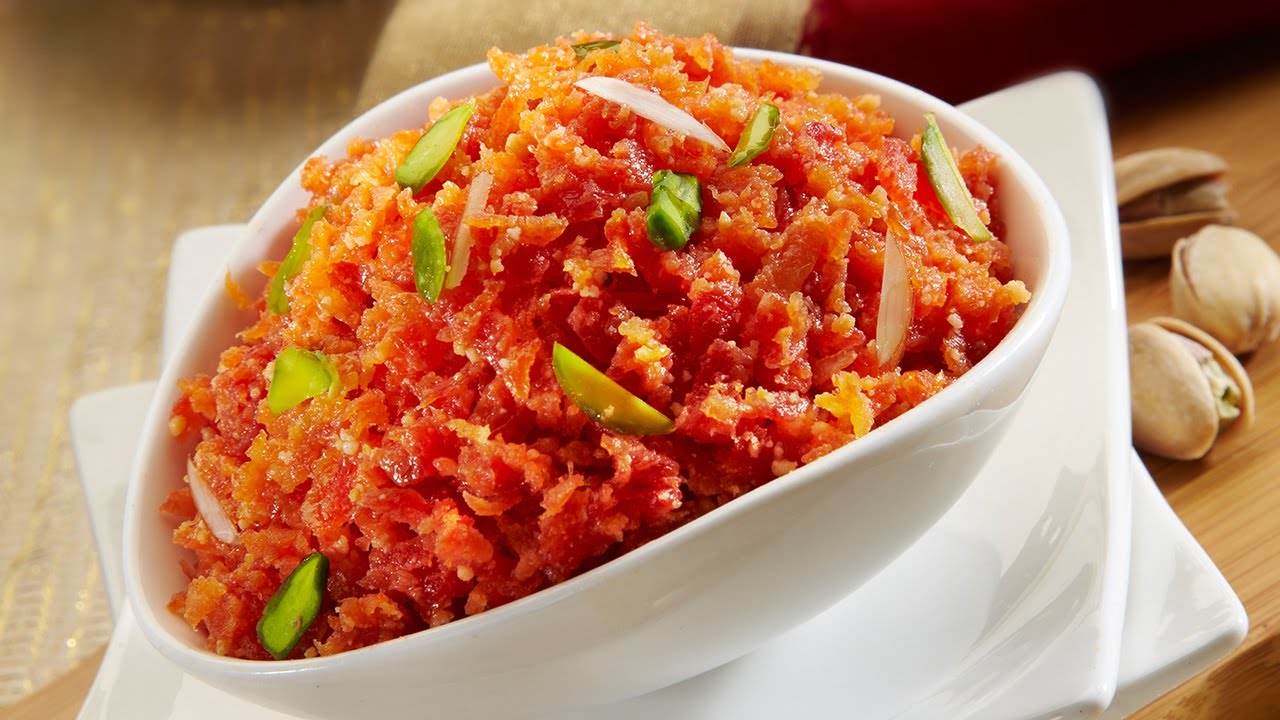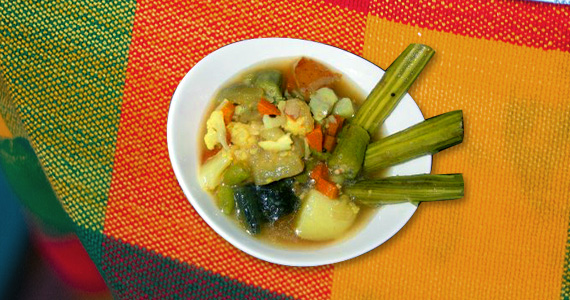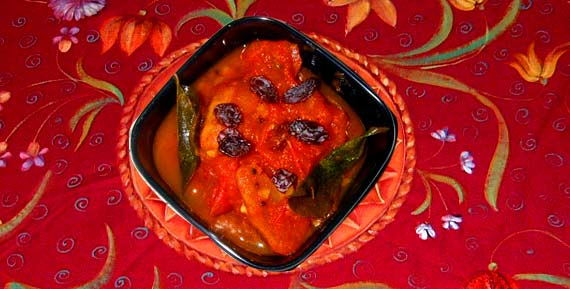Food is an important and integral part of various traditions and has cultural significance in the life of the people of Orissa. Orissa cuisine is an amalgamation of affluent usage of spices and local ingredients. The food pattern has a striking resemblance with that of some of its neighboring states like West Bengal and Bihar due to the proximity and similar geographical conditions, but certainly also has a few unique features of its own. The flavors are usually subtle and delicately spiced, quite unlike the fiery curries typically associated with Indian cuisine.
History says, during the Bengal Renaissance, in the 17th and 18th Century, the Oriya cooks used to be employed in the kitchen of the Zamindars of West Bengal. So that some dishes which are now popular as Bengali dishes are basically from the kitchen of Orissa and were later introduced and included in the food list of West Bengal. The kitchen of famous Jagannath temple in Puri is considered to be the largest in the world, engaging a thousand chefs working around seven hundred fifty two chulas (wood burning clay hearths) to feed more than ten thousand people.
As would be expected in a State whose fields shimmer with a hundred different shades of green, Orissa produces a great variety of vegetables, most of which are put to excellent use in the local cuisine. Oriya cuisine is popular for the variety of spices used with natural vegetables and Food grains. The subtle flavors of these spices elevate mere nourishment into a divine experience. ‘Pancha-phutana’ is a combination of five important spices like mustard, cumin, fennel, fenugreek and black cumin which is extensively used in the Oriya cuisine especially as a seasoning agent for the preparation of vegetable dishes and dals.
The people of Orissa are neither strictly non-vegetarians nor essentially vegetarians except some orthodox families. Non-vegetarian items are generally not preferred on religious occasions.
In the days of yore, the art of cooking was handed down from mother to daughter. As there were no written rules, each family developed styles of cooking best suited to their tastes. In today’s world with the advent of cookbooks, cooking has become an adventure (a tasty one at that) with an increased awareness and appreciation of dishes from different parts of the world.
 Destination Odisha
Destination Odisha




